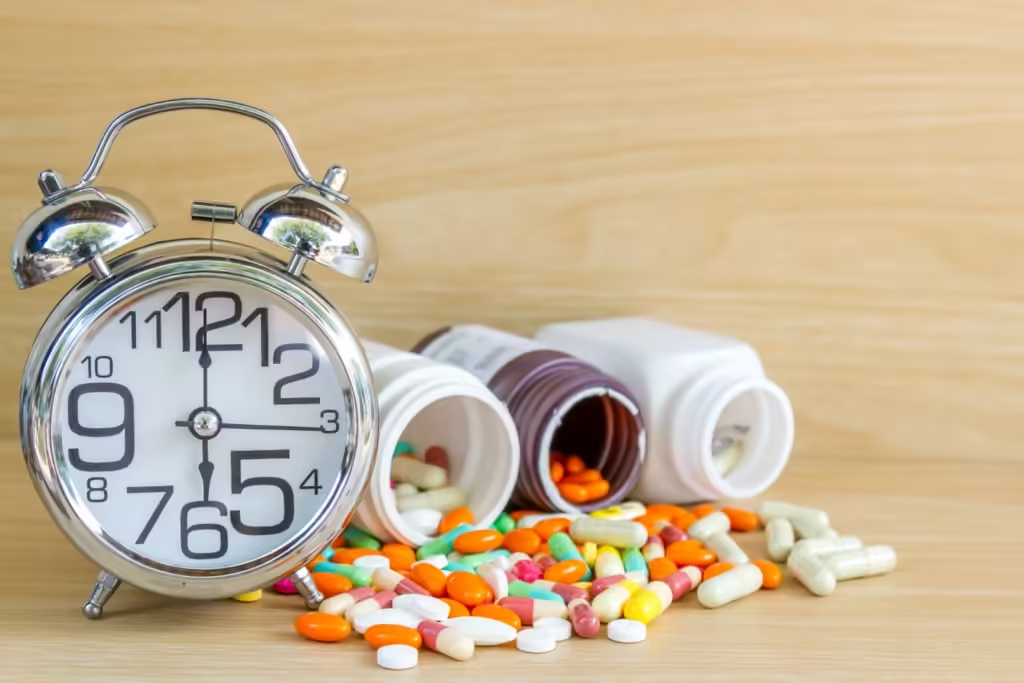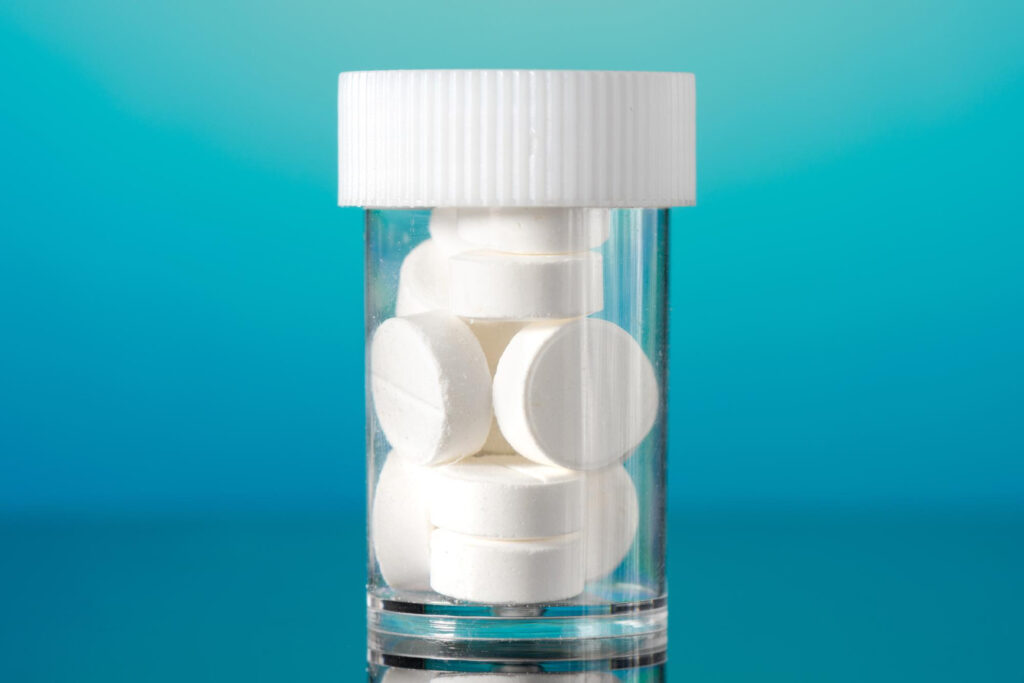Types Of Alcohol
There are many varieties of alcohol available, as anyone who has ever been to a grocery shop can attest. Certain types of alcohol undergo distillation, which increases their alcohol content and makes them more potent.
What Is Alcohol?
Alcohol has been consumed by humans for thousands of years. Alcohol is a chemical that also has psychedelic properties. In chemistry, an alcohol is created when a hydrocarbon’s hydrogen atom is swapped out for a hydroxyl group, which is made up of two oxygen and hydrogen atoms. Secondary alcohols are produced when alcohols combine with other atoms. Methanol, isopropanol, and ethanol are the three forms of secondary alcohols that are consumed by people on a daily basis.
The Three Types Of Alcohol
Ethanol is the only kind of alcohol that people can consume without risk. The other two kinds of alcohol are not used to make drinks; instead, they are used for manufacturing and cleaning. Methanol, often known as methyl alcohol, is a constituent found in automobile and boat fuel. Among many other things, paint stripper, windshield wiper fluid, and antifreeze are also made with it. The chemical name for rubbing alcohol, which we use for cleaning and disinfecting, is isopropanol, sometimes known as isopropyl alcohol. Humans are poisoned by both methanol and isopropanol because they are metabolized by our bodies into harmful compounds that lead to liver failure. It is potentially deadly to consume even a tiny quantity of rubbing alcohol or methanol.
More than two billion individuals drink ethanol, often known as ethyl alcohol, on a daily basis. Yeast, sugars, and starches ferment to make this kind of alcohol. Drinks with ethanol, including wine and beer, have been taken for millennia by people to alter their moods. But ethanol also has negative physiological effects. Ethanol can be metabolized by the human liver, but not in large amounts.
Because it is poisonous, ethanol gradually harms the liver, brain, and other organs. Additionally, alcohol inhibits the central nervous system, which affects judgment and coordination. Furthermore, alcohol misuse, including binge drinking, can lead to the development of crippling alcohol addiction.
Distilled And Undistilled Alcohol

There are two categories of alcoholic beverages: distilled and undistilled. Undistilled beverages also are referred to as fermented liquids. Fermentation is the technique by means of which micro organism or yeast chemically converts sugar into ethanol. Wine and beer are each fermented, undistilled alcoholic beverages. Wineries ferment grapes to make wine and breweries ferment barley, wheat, and other grains to make beer.
Distillation is a process which follows fermentation. The procedure converts a fermented substance into one with an even higher attention of alcohol. Distillation concentrates alcohol with the aid of setting apart it from the water and other components of a fermented substance. Liquors and spirits are distilled alcoholic liquids. They incorporate greater alcohol by volume than undistilled beverages. In general, a distilled alcoholic beverage may have a better alcohol proof.
Two indicators of alcohol content, or the amount of alcohol in a beverage, are alcohol by volume (ABV) and alcohol proof. The quantity of ethanol in milliliters per 100 milliliters (3.4 fl.oz) of solution is known as alcohol by volume, and the percentage of alcohol by volume is doubled to get alcohol proof. A cocktail with 50% ABV, for instance, is 100 proof.
Various Alcoholic Drink Types According to Alcohol Content

Alcoholic drinks come in a wide variety of varieties, with some having a higher alcohol content than others. Higher alcohol content drinks have the potential to produce intoxication and alcohol poisoning more quickly and in smaller amounts.
Drinks Without Distillation
Beer.Worldwide, beer is the most widely consumed alcoholic beverage. In actuality, beer is the most widely consumed beverage worldwide, right behind water and tea. Additionally, beer is perhaps the earliest alcoholic beverage in history. Generally speaking, a regular beer, be it lager or ale, has an ABV of 4% to 6%, while some have higher or lower alcohol content. For instance, “malt liquors” have an ABV of 6% to 8%, whereas “light beers” only have an ABV of 2% to 4%.
Wine. Another well-liked and traditional alcoholic beverage is wine. An average wine’s ABV is less than 14%. The most popular sparkling wine, champagne, has an alcohol content of between 10% and 12%. Certain wines have been “fortified” with pure alcohol. Fortified wines include Madeira, Sherry, Port, Marsala, and Vermouth. Typically, their ABV is 20%.
Hard Cider. Fermented apple juice is called hard cider. Typically, its ABV is around 5%.
Spirits & Liquors with a Distillation Process
Gin. Gin is a spirit that is usually prepared by fermenting and then distilling a base grain, like barley or wheat. However, the drink cannot legally be referred to be gin if the primary flavor is not that of juniper berries. The ABV of most gins ranges from 35% to 55%.

People also ask
What is alcoholic drinks or beverage?
Any drink that contains ethanol, also referred to as alcohol, is considered alcoholic. There are three main categories of alcoholic beverages: wines, spirits, and beers.
What is alcoholic beverages called?
A beverage that contains alcohol is referred to as an alcoholic beverage (also called an adult beverage, alcoholic drink, strong drink, or just a drink). Beers, wines, and spirits are the three categories into which alcoholic beverages are normally classified, and their average alcohol level ranges from 3% to 50%.
What defines an alcoholic beverage?
All liquid beverages meant for human consumption that have at least 0.5 percent alcohol by volume fall under the category of “alcoholic beverage.”
What’s in the alcoholic beverage?
The primary ingredients of most alcoholic beverages are ethanol and water, though in some extremely sweet liqueurs, the sugar amount may exceed the ethanol content.
What are the effects of alcohol?
Alcohol consumption may have short-term negative effects such as hangovers and alcohol poisoning, as well as falls, mishaps, decreased inhibitions, and dangerous behavior. Over two centuries of alcohol use have been linked to over 200 distinct diseases and injuries.






